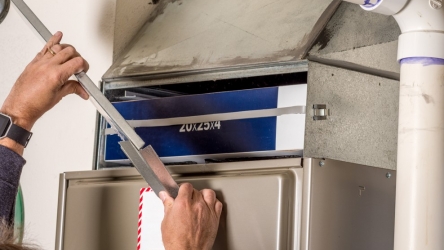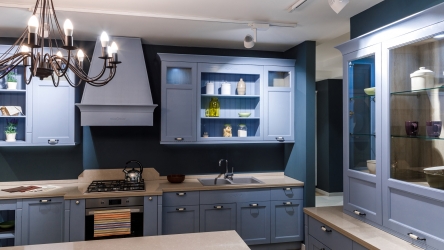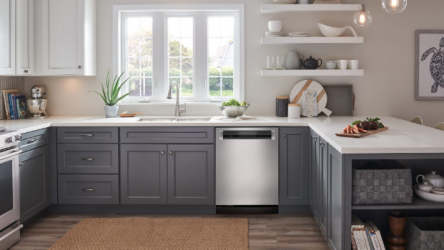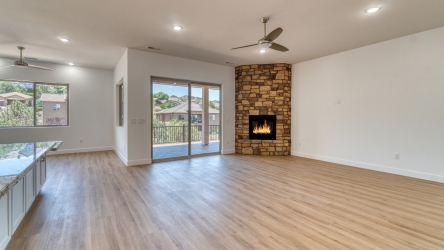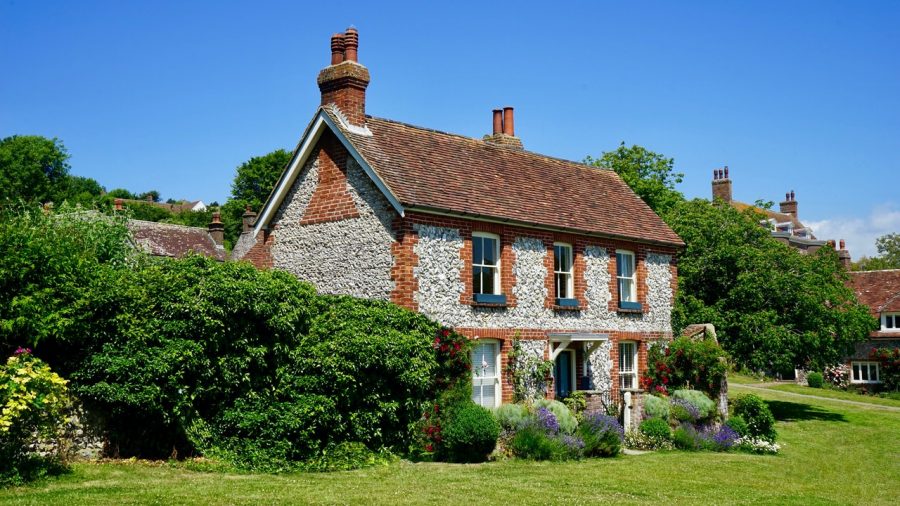
If you have bought or inherited an older home, you will probably need to update it for modern living. A house that has been around for more than a few decades may need several repairs or renovations. Here are some things to check for as you adapt the home to meet contemporary housing standards. It is ideal, of course, if you can review these things before moving your family into your home. That way you can ensure their safety and ensure that their experience in your new home is enjoyable.
Examine the Roof
One of the most essential parts of your home is the roof. You can hire a professional roofer or inspect it yourself for signs of wear and tear. These can include damaged or missing shingles, degraded flashing around the chimney, and broken gutters or downspouts. You should also check the attic and fireplace for signs of water infiltration and moisture leaks. The interior of the chimney may need to be cleaned to remove creosote, a buildup of combustion smoky ash that has accumulated inside the chimney. It can become a fire hazard if not removed. Additionally, reviewing your ceiling can help if the roof was recently replaced and repaired to ensure that any issues related to leaking have been addressed and fixed if needed.
Inspect the Electrical Wiring
Depending on the age of your home, the wiring could be cloth-covered or frayed due to age, insects, or rodents. The electric box, wiring, and outlets may need to be updated to accommodate your various twenty-first century home electrical needs that did not exist forty or fifty years ago, like a computer. One way to test this is by turning on and off lights to ensure the electrical for the lighting isn’t flickering or causing issues. Additionally, try running multiple appliances at a time. For example, if you plan on using the toaster and the microwave at the same time, you want to make sure that the electrical system can handle that. For these tests to be as effective as possible, make sure that the outlets the appliances are connected to are on the same wall. That is typically an indication that the same wiring and electrical breaker is being used for each of the appliances. If you do find problems, it’s ideal to work with a professional instead of doing it yourself. Contact a licensed electrician such as R & T Yoder Electric, Inc to inspect your home’s electrical system for problems and inadequacies. You may also want to hire an electrician to do the updates. These updates don’t all have to be related to the usefulness of the electrical system, it can also be for changing out old outlets that are yellowed or for multi-switch plates such as a three-switch light switch system. That way your home feels more modern and you don’t have to be concerned about creating issues when updating them yourself.
Check Out the HVAC System
Many older homes have furnaces that are either inefficient in heating the house or that run up the electric bill due to their original operating costs. Homes built before the mid-twentieth century likely do not have air conditioning. Those that were built a little later might have an early version of AC that needs new equipment. If you plan to expand the home, the HVAC system might need to be expanded or updated as well. This is especially important if your AC system runs on water, such as a swamp cooler, when you live in a humid place. Additionally, if the weather is hot seven months out of twelve, then an in-window AC system may not be ideal for your situation. An integrated AC system may be better so that you can open your windows for the morning breeze and so that you don’t have to remove them during the winter. Additionally, your heating system, if it is over eight years old, may need to be replaced. Any loud noises or significant time that it takes for it to heat your home may be an indication that it needs replacement or repairs. This can be challenging to test if you aren’t super familiar with HVAC systems so it is probably best to have a professional review it for you. Typically there are local companies that will come and test it for you and may even have discounts for first-time customers. If you aren’t sure about the diagnostic that they provided, consider reaching out to another company for a second opinion.
Evaluate the Foundation
Check the foundation outside the home for any crumbling, cracks, or tilting. Depending on your area, minor cracks are common due to the settling of the soil under your home. However, any cracks that are wider than the width of your finger may require professional repairs. Foundation repairs are not typically things that you can do safely on your own so it’s ideal to work with a professional. If you have any repair work needed, take care of it so that minor problems don’t become major. Additionally, whether an older house has a finished basement, unfinished basement, or a cellar, explore it carefully for signs of moisture, mold, or other damage. A clean, dry, insulated basement is important for comfort and health.
Fixing up an old house can be fun and rewarding. Do a thorough assessment of the home to find any and all areas that may need immediate attention. Then, enjoy your home’s traditional style and contemporary upgrades.




